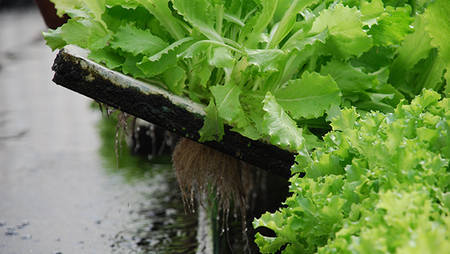
Aquaponics is the practice of fish farming combined with the cultivation of plants in water without soil. Some integrated agri-aquaculture farms using aquaponics technology can reduce water consumption by 90% compared to purely traditional agricultural farms. ©FAO/Valerio Crespi
Aquaponics has become all the trend. The combination of aquaculture, the practice of fish farming, and hydroponics, the cultivation of plants in water without soil, aquaponics is one example of recirculating systems generally called Integrated Aquaculture Agriculture (IAA). Some integrated farms can reduce water consumption by 90% compared to traditional agriculture. This is very good news for the agriculture sector, which worldwide, uses about 70% of available freshwater.
In regions of the world where already scarce reserves of water are getting even scarcer, innovative ways of growing food are crucial. Known for heat and deserts, it is not wholly surprising that the Near East and North Africa (NENA*) is one of these regions.
The NENA region has some of the lowest levels of freshwater resources in the world, and these mainly underground, non-renewable stocks are being depleted. The amount of available freshwater has reduced by 60 percent in the last 40 years and is expected to fall a further 50 percent by 2050. In this region, agriculture accounts for 85 percent of this use and will likely take the hardest hit in shortages. The consequences on rural livelihoods, economies and food security could be grave. In this setting, saving water is not only a good practice, it might soon have to be the only practice.
Thankfully, innovative methods exist for reducing water use. IAA farms combine new technologies and good practices to reduce agriculture’s “waterprint” and make smart and efficient use of natural resources.
In aquaponics, water serves a dual purpose: hosting fish and growing crops, generating two products at once. This isn’t the only benefit; the waste from the fish fertilizes the water used to irrigate the plants, and the plants clean the water for the fish. It is a win-win situation. Producing more food with less resources: this is part of the future of agriculture.
In Algeria, Egypt and Oman, like in other countries in this region, water isn’t the only challenge; there are also shortages of good quality soil. Of the region’s total area suited for agriculture, 45 percent of it faces high salinity, depleted nutrients and problems of erosion. IAA is a solution for producing vegetables, fruits and other food in inhospitable or non-useable lands. It is a great way to provide the region’s population with locally-produced foods that give them the protein and minerals they need, but without such intensive water use.
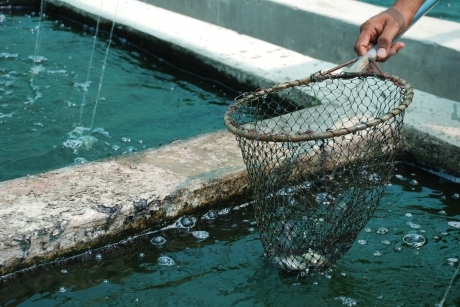 |
 |
In regions like the Near East and North Africa, water scarcity is a pressing issue. Integrated agri-aquaculture farms help to grow food and provide protein in areas where land is non-arable or otherwise inhospitable. ©FAO/Valerio Crespi
Yet, expanding these types of farms takes rethinking and technical knowledge that not all farmers have. This is where FAO’s expertise is so valuable.
“FAO has been one of the first UN agencies to look at aquaculture in desert and arid lands and investigate the most suitable solutions to water scarcity, soil degradation and food security (for example IAA and aquaponics). It is a privilege for FAO to be seen as the one having the expertise for these types of interventions,” states Valerio Crespi, FAO Fisheries and Aquaculture Officer.
Through FAO-organized farmer-to-farmer study tours, Algerian, Egyptian and Omani farmers visited 15 integrated agri-aquaculture farms, learning new tips and techniques from each other. This particular triad of countries (Algeria, Egypt and Oman) are a good example of successful South-South Cooperation, as each has a different level of sophistication and experience with these systems.
Oman has just started work on IAA while Egypt is considered one of the region’s leading countries in aquaculture production and water management. Algeria, on the other hand, has new experiences to share on IAA production systems, such as shrimp production with technology that has been successful in remote rural and water-scarce areas.
Some IAA farms are making miracles. “Seeing shrimp produced out in the middle of the deserts in Algeria is like being in space,” says Paula Anton, FAO Fishery Officer.
During these study visits, participants were able to observe the different systems used in each farm and reflect on best practices with the farm owners. They exchanged knowledge on sustainable seed and feed supply, species diversification, fish health, bio-security, farm management, marketing of finished products and cooperatives development. Farmers had a chance to discuss lessons learned, first-hand experiences, and debate new ideas, as well as share the challenges they face.
“Systems and materials used differ from one farm to another and so these trips allow us to be exposed to different ideas. I will take this knowledge and implement it in my farm and follow the same procedures we saw in both countries,” explains Rabab Hashim, agri-aquaculture female farmer from Oman.

Farmer-to-farmer study trips and South-South Cooperation between Algeria, Egypt and Oman were welcomed and praised by farmers who were able to discuss first-hand experiences, debate new ideas and share the common challenges they face. ©FAO/Khaled Desouki
“The farmers from Algeria, Egypt and Oman have not only learned from these examples but have also initiated an important dialogue on how we can scale up these practices across the region,” says Pasquale Steduto, Leader of FAO’s Water Scarcity Regional Initiative in NENA.
IAA farms are offering products, like tilapia in Egypt and Oman and North African catfish in Algeria, to local populations, encouraging consumption of a source of protein not traditionally known in their diets. This protein source is cheaper to obtain, and because of aquaponics, more efficient in the use of natural resources – especially water.
Fighting water scarcity and making efficient use of natural resources are topics important to many parts of the world. In analyzing the successes and challenges of this particular programme, FAO intends to roll out similar ones, incorporating farmer-to-farmer cooperation, to other regions worldwide.
* NENA countries include Algeria, Bahrain, Egypt, Iran (Islamic Republic of), Iraq, Jordan, Kuwait, Lebanon, Libya, Mauritania, Morocco, Oman, Qatar, Saudi Arabia, Sudan, the Syrian Arab Republic, Tunisia, the United Arab Emirates and Yemen.
Source: FAO






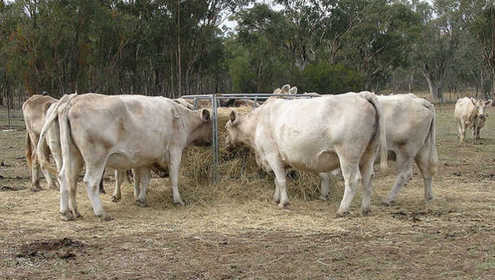


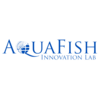
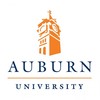
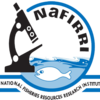
Comments (0)
Login or Register to add a comment